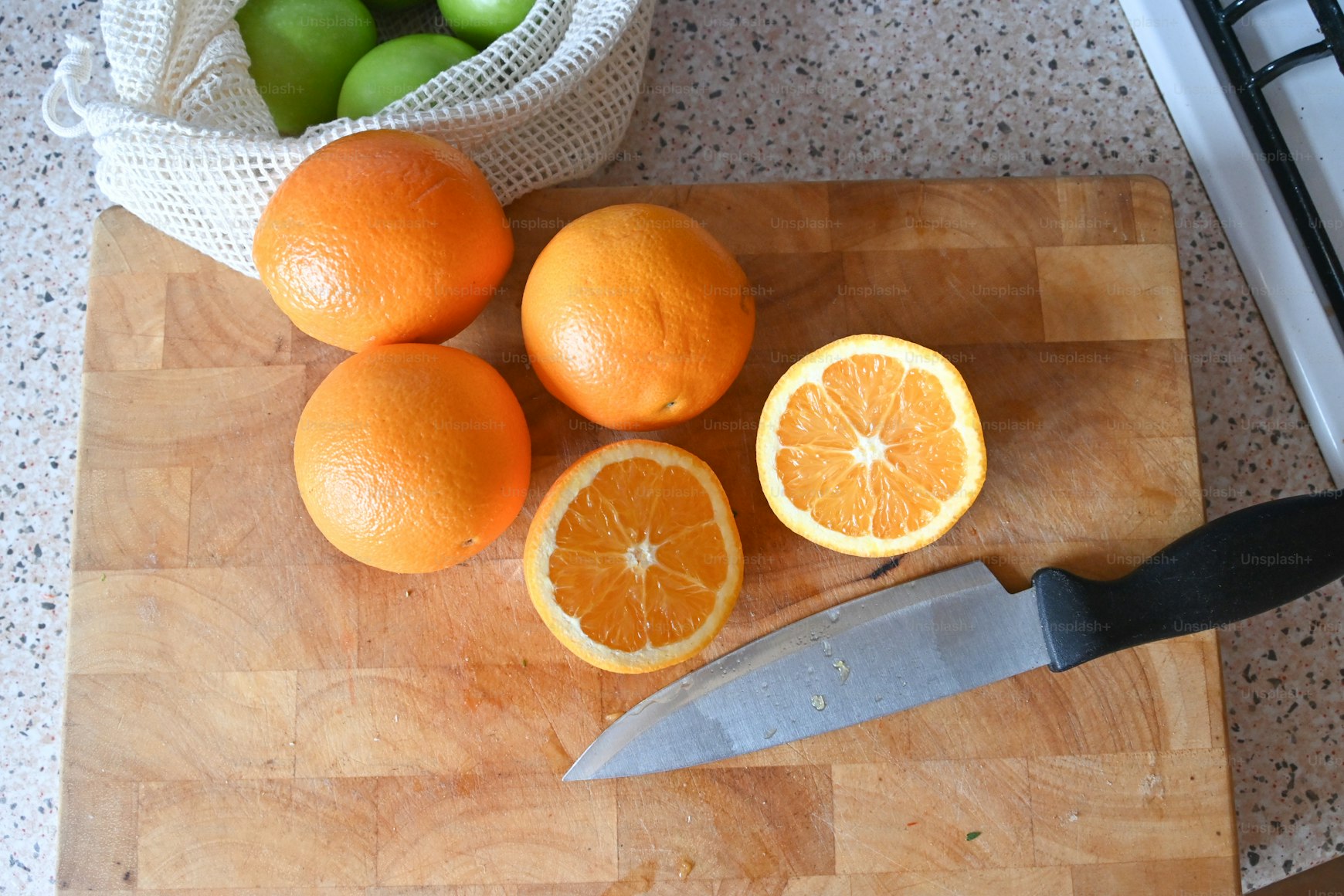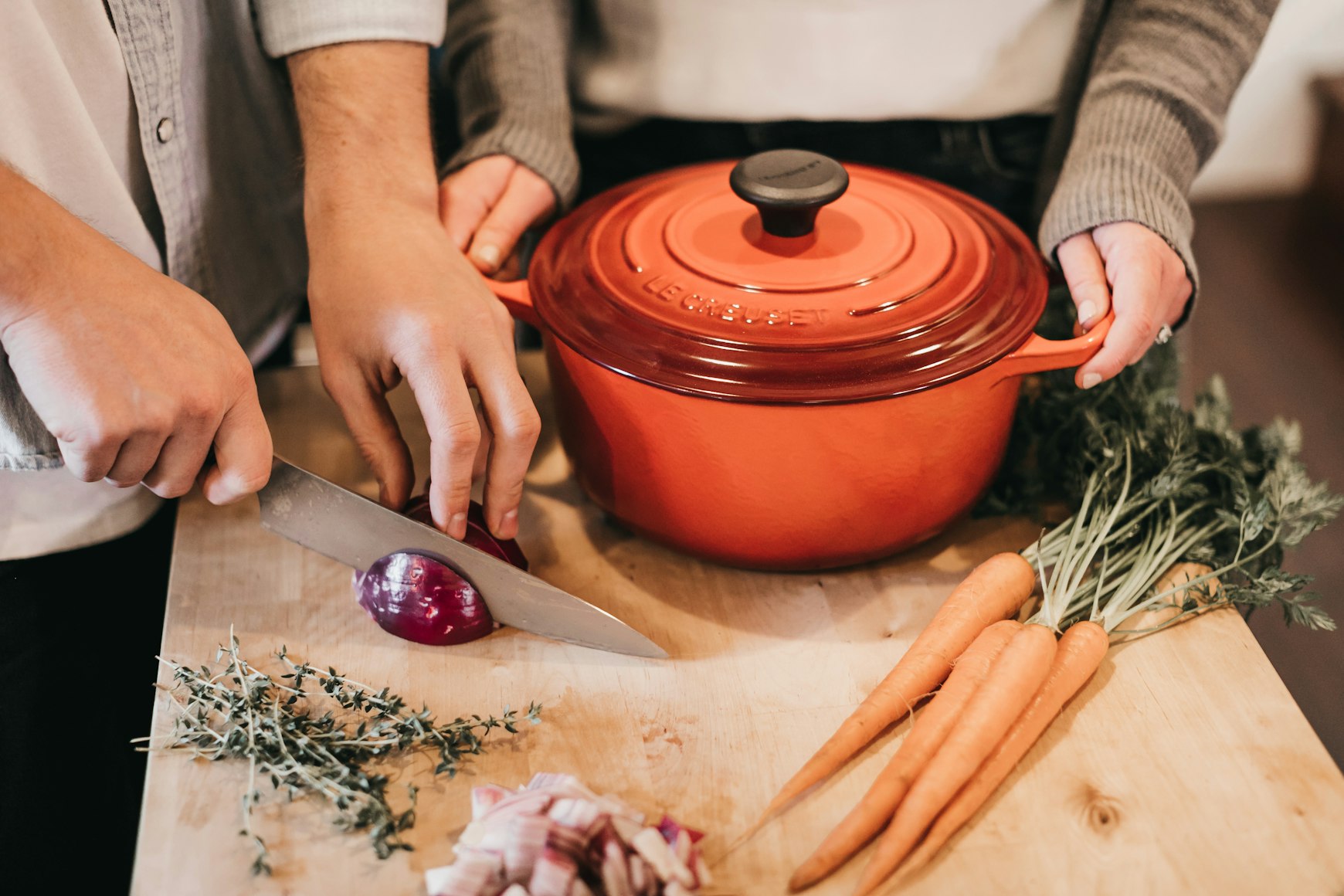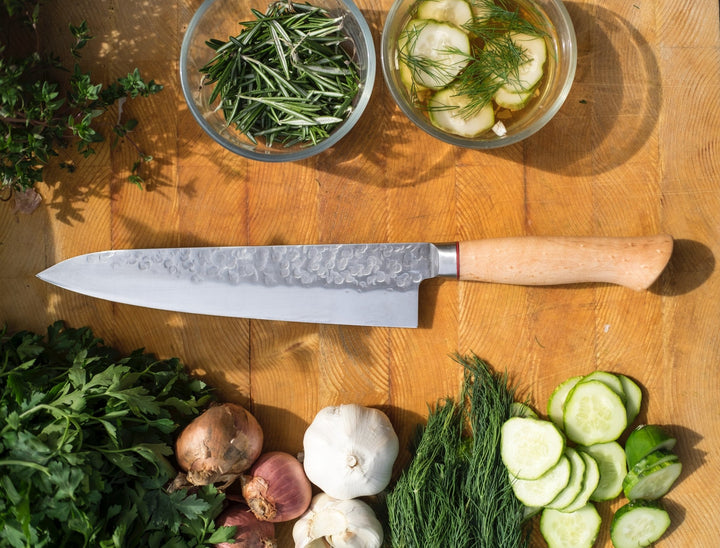Knife care is essential for anyone who loves spending time in the kitchen, whether you’re a professional chef or a home cook. Knowing what are four things a chef or cook should do before storing a knife can make a tremendous difference in the longevity and efficiency of your favorite cooking tool. In this article, we’ll delve into these four key steps: cleaning, drying, honing, and proper storage.

The Importance of Knife Care
Knives are an indispensable tool in any kitchen. Proper care ensures they remain sharp and effective, reducing the risk of accidents and improving your culinary results. Let’s break down the essential steps you need to follow.

1. Thoroughly Clean the Knife
Before storing your knife, the first step is to thoroughly clean it. Residual food particles can cause rust and damage the blade. To clean your knife:
- Use warm water and mild dish soap.
- Gently scrub the blade with a soft sponge.
- Be cautious around the sharp edge to avoid injury.
For more detailed cleaning tips, you can visit this guide.
Avoiding the Dishwasher
While it may be tempting, never place your knife in the dishwasher. The harsh environment can dull the blade and damage the handle. Always hand wash for the best care.
Handling Special Materials
If your knife has a wooden handle, avoid soaking it in water to prevent warping or cracking. For ceramic knives, make sure to use non-abrasive materials to avoid scratching the surface.

2. Properly Dry the Knife
Once your knife is clean, the next step is drying it thoroughly. Moisture can lead to corrosion, especially in high-carbon steel knives. To dry your knife:
- Use a clean, dry towel or cloth.
- Wipe from the spine to the edge to avoid cutting yourself.
- Ensure both the blade and handle are completely dry.
Why Drying Matters
Regularly drying your knives prevents rust and extends their lifespan, ensuring they remain as good as new for years. Knife safety is significantly enhanced by proper drying practices.

3. Hone the Knife
Regular honing keeps your knife blade aligned and maintains its sharp edge. This step is crucial before storage:
- Use a honing rod made of steel or ceramic.
- Hold the rod vertically on a stable surface.
- Run the knife edge down the rod at a 20-degree angle, alternating sides.
Difference Between Honing and Sharpening
Honing is not the same as sharpening. Honing aligns the edge, while sharpening removes material to create a new edge. Regular honing reduces the frequency of sharpening.
Honing Frequency
For best results, hone your knives after every use. This keeps them in prime condition and ready for your next cooking adventure.
4. Store the Knife Properly
The final step is proper storage. Incorrect storage can dull the blade and pose safety hazards. To store your knife correctly:
- Use a knife block, magnetic strip, or sheath.
- Ensure the blade is protected from contact with other utensils.
- Store in a dry, cool place.
Knife Blocks and Sheaths
Knife blocks and sheaths are ideal for protecting the blade. They prevent damage and keep the knife safely stored. Learn more about knife grit and storage options.
Magnetic Strips
Magnetic strips are a space-saving option that keeps knives accessible. Ensure the strip is strong enough to hold the knife securely and placed away from high-traffic areas.
Additional Knife Care Tips
Regular Maintenance
In addition to the four steps above, regular maintenance, such as periodic deep cleaning and inspection for damage, keeps your knives in excellent condition.
Proper Usage
Using your knife on appropriate surfaces, such as wooden or plastic cutting boards, can prevent premature dulling and damage. Avoid cutting on hard surfaces like stone or glass.
Sharpening Frequency
While honing keeps the edge aligned, sharpening is necessary when the blade becomes dull. Sharpen your knives every few months, depending on usage.
Conclusion
Proper knife care involves several key steps: cleaning, drying, honing, and storing correctly. By following these steps, you can maintain your knives’ performance and longevity. Good kitchen practices lead to safe and efficient cooking experiences.
Frequently Asked Questions
Can I store my knife in a drawer?
Storing knives in a drawer is not recommended unless they are in a protective sheath. Loose storage can damage the blade and pose safety risks.
How often should I sharpen my knife?
Sharpen your knife every few months, depending on usage. Regular honing can reduce the need for frequent sharpening.
What surfaces should I avoid cutting on?
Avoid cutting on stone, glass, or metal surfaces. Use wooden or plastic cutting boards to preserve the knife’s edge.
As an Amazon Associate, I earn from qualifying purchases.
As an Amazon Associate, I earn from qualifying purchases.


